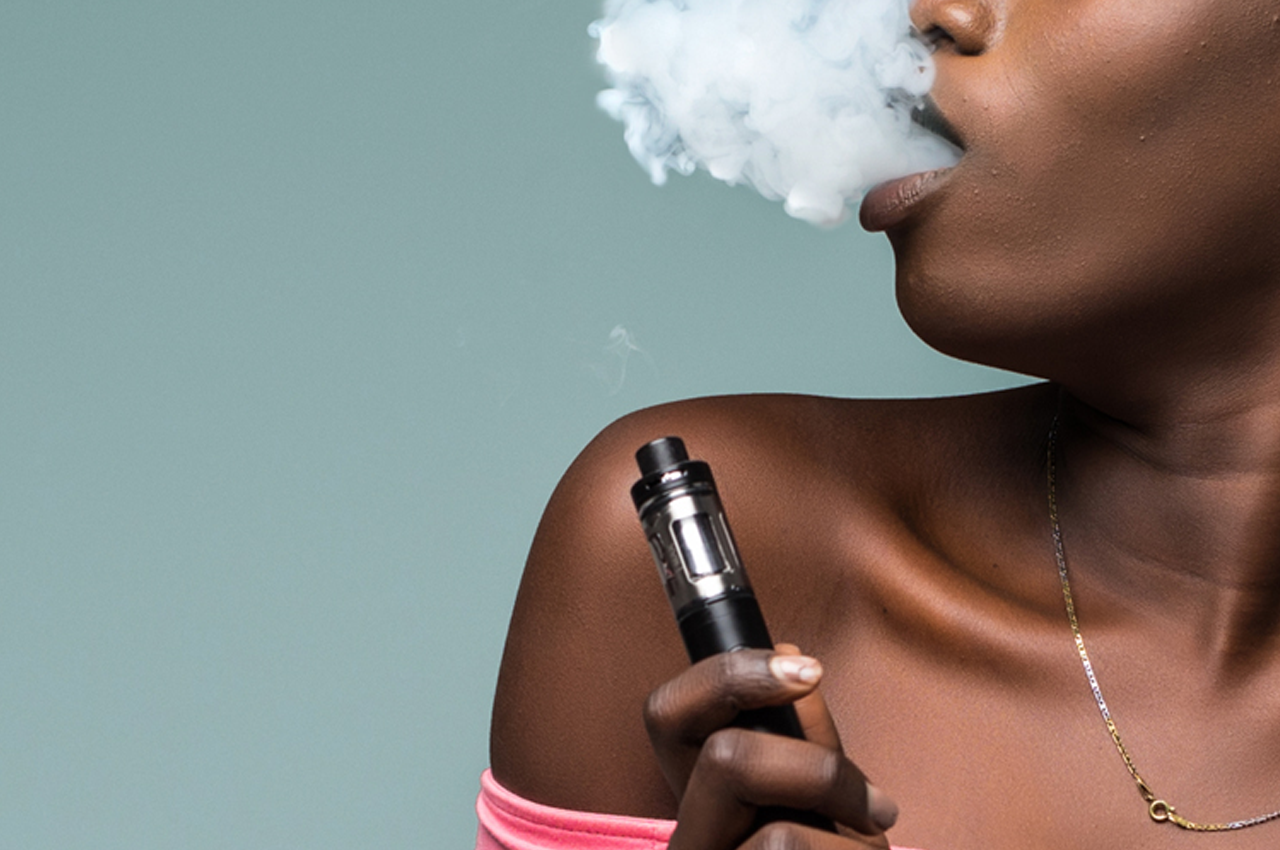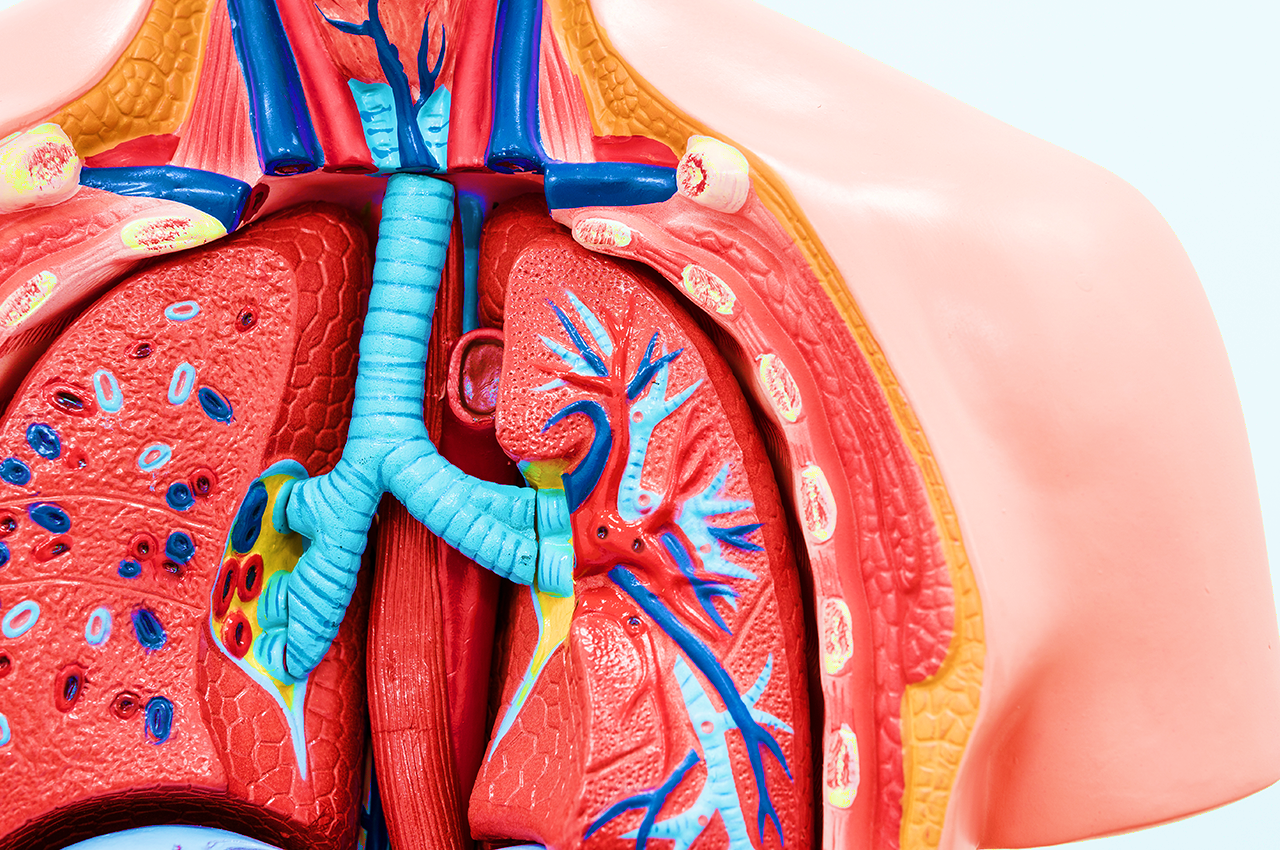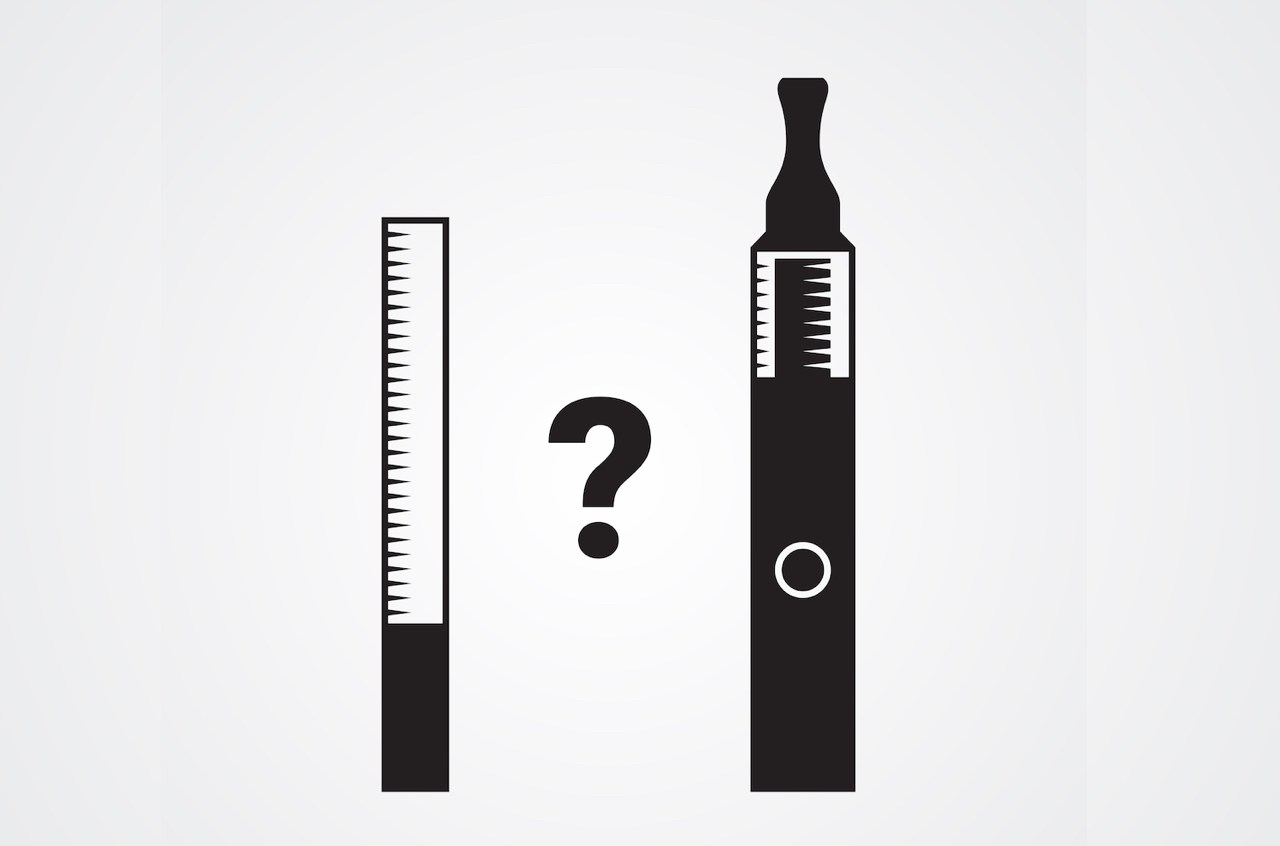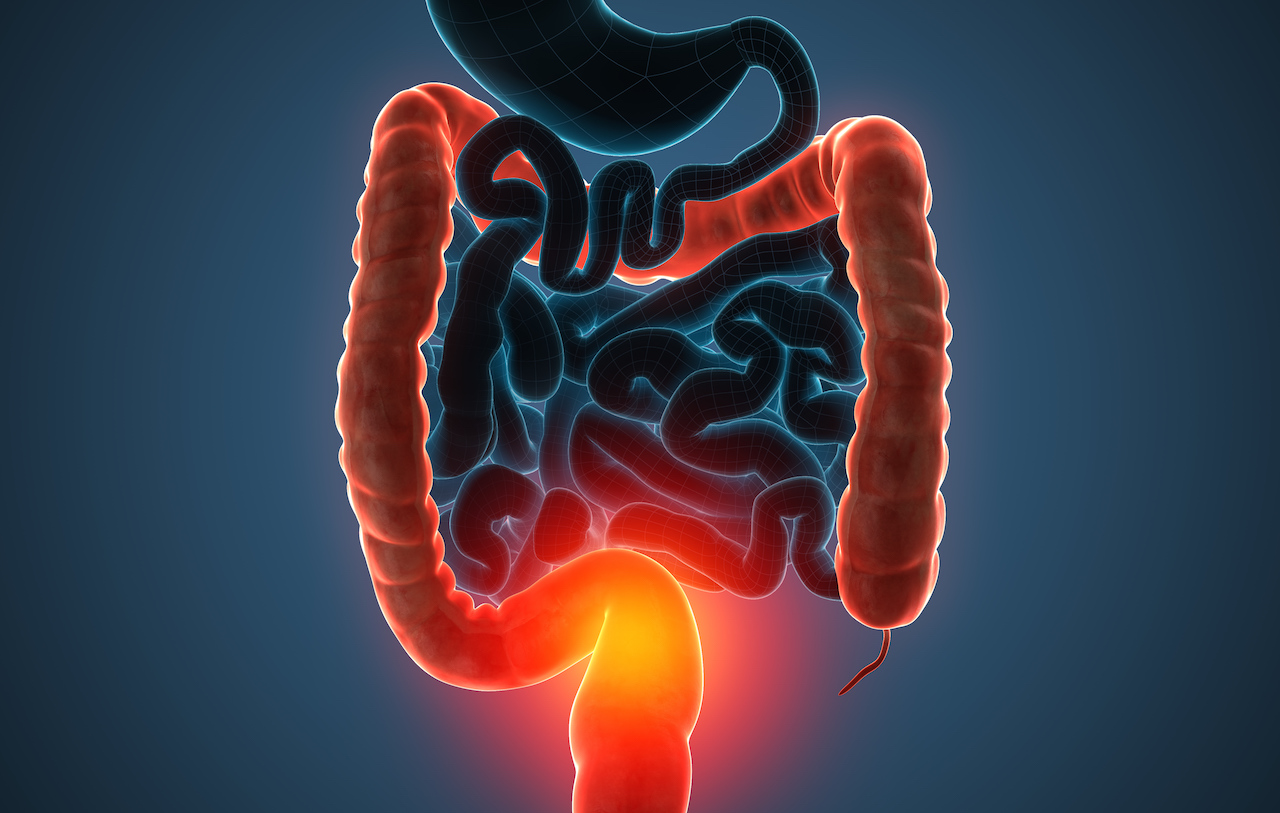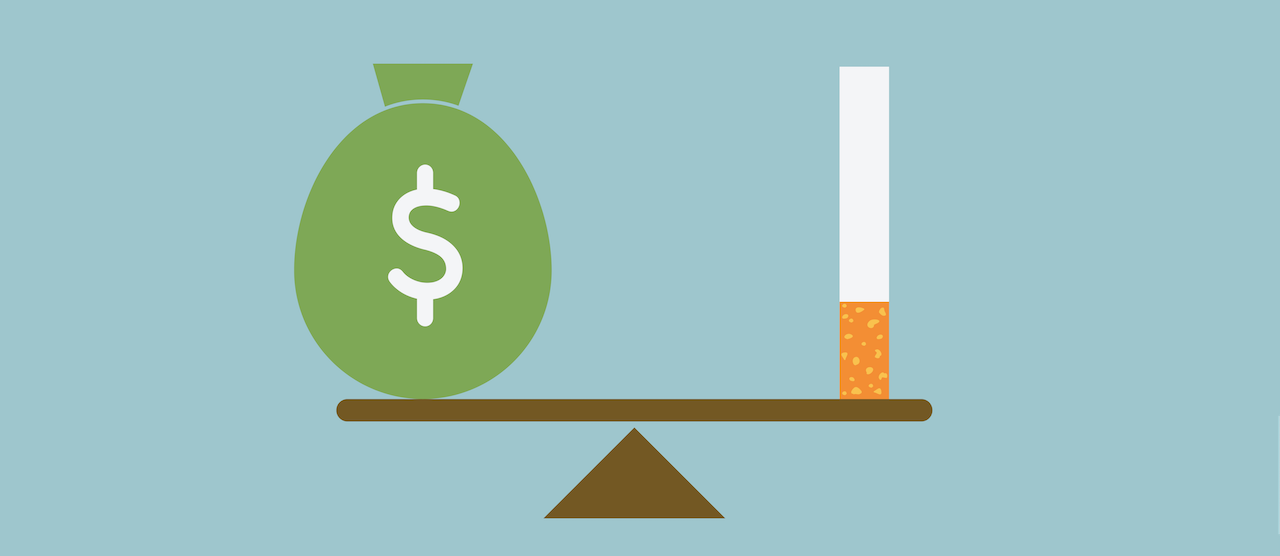Despite all the health warnings we get about smoking, one in five of us is a smoker. Yet even as new smokers pick up the habit every day, more people are starting to wish they never had.
Did you know that the vast majority of smokers want to quit? When smokers in America were surveyed, almost 70% said they wanted to kick the habit. But simply stopping is not that easy.
Stopping is more difficult than starting
In fact, quitting is one of the most difficult challenges that many of us will ever face in life. This is because smoking has an addictive hold on the user. Cigarettes are designed to rapidly deliver nicotine, the main drug found in tobacco, to your brain – releasing chemicals that make you feel good over and over again. It’s an endless cycle that changes the way your brain works, makes you feel as if you need nicotine to feel okay, and causes withdrawal when you try to stop. Because of the dangers, the World Health Organisation declared World No Tobacco Day on 31 May.
If smoking is so addictive and quitting so difficult, what is the solution? One answer is to make sure more people never become smokers in the first place.
Every day, up to 3,000 teens under the age of 18 try their first cigarette. More than 400 of them will become regular smokers. What’s more, people who start smoking at an early age are more likely to become seriously hooked compared to those who start smoking at a later stage. Simply put, it’s more difficult for younger people to stop once they’ve started.
And with nearly 9 out of 10 smokers picking up the habit before turning 18, the best way to break the cycle is by supporting young people to never start. You can help by encouraging the youngsters in your life, whether your children, siblings or nieces and nephews, to steer clear. Here’s how.
Talk about tobacco with young people
Rather than simply forbidding cigarettes, explain why the habit is damaging and why starting is a bad idea:
- Smoking causes smelly hair and clothes, stained teeth and bad breath. All deadly for a teen’s social life!
- It affects the lungs and heart, making it difficult to keep up in sport and do favourite activities like dancing full out.
- Because smoking is so addictive, it can easily go from one cigarette at a party to a daily habit.
- One packet of cigarettes can cost up to R50. Sit together and work out how much that adds up to in a month or a year, then look at all the other things that money could buy.
Help the next generation overcome peer pressure
- Encourage them to be confident in their decision not to smoke by reminding them of the benefits of being smoke-free.
- Help them prepare strategies for dealing with the pressure to smoke by planning ahead. Together you can practise what to say or do in advance. For example, how to refuse a cigarette by saying “I want to stay in shape for soccer/athletics/dancing” and walking away from the conversation.
Set a positive example
The importance of role modelling when it comes to smoking cannot be overstated. Children are more influenced by what we do than what we say. Research has shown that kids who grow up with parents who smoke are more likely to start smoking themselves.
It’s never too late to quit
What if you’re still a smoker yourself? It’s important to know that it’s never too late to quit if you’ve already started. Our bodies have an incredible capacity to heal and recover from the damage caused by smoking, even if you’ve been doing it for several years.
Quitting can have immediate health benefits, and many of these improve over time. Just 20 minutes after your last cigarette, your blood pressure and heart rate begin to return to normal levels. After one year without smoking, your risk of heart disease is half that of a continuing smoker.
There are many resources available to help you quit smoking. Take a look at these local ones:
- CANSA’s eKick Butt is an online programme for stopping.
- Byegwaai is an app to help you kick the habit.
Yes, smoking is addictive, but with the right help you can stop successfully. And by engaging young people on the drawbacks of tobacco, we can keep an entire generation from becoming smokers.


